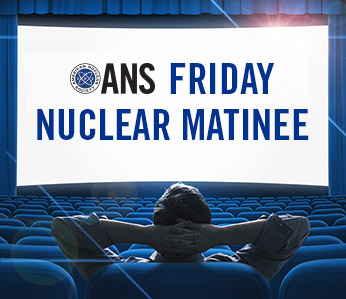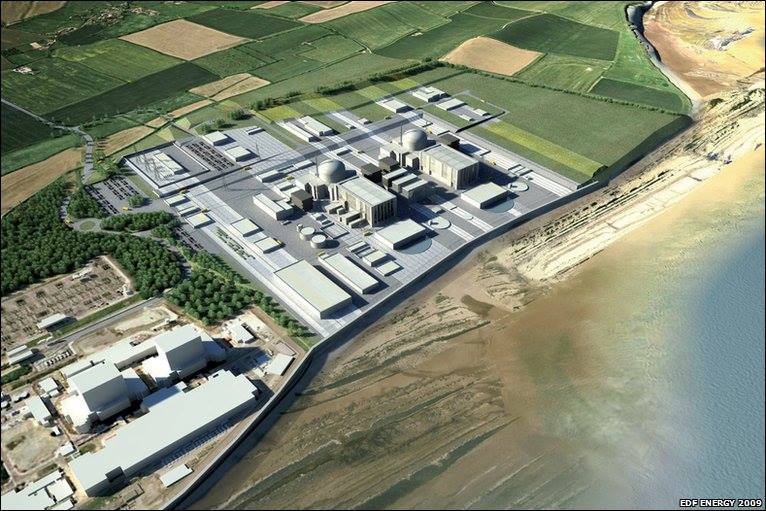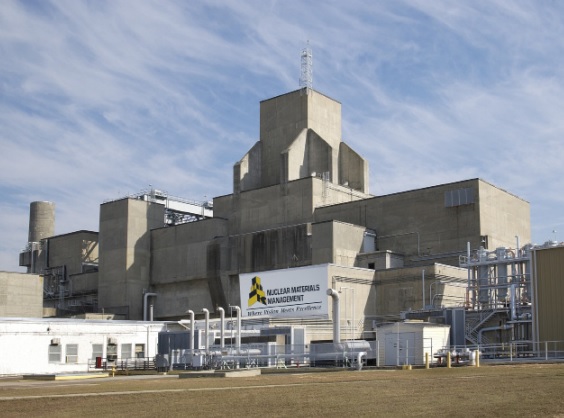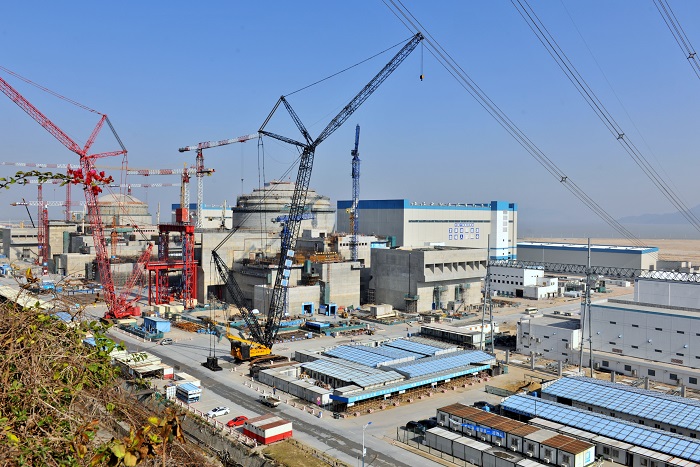ANS Friday Nuclear Matinee - CP-1 Anniversary

This week's Friday Nuclear Matinee is a video from Argonne National Laboratory marking the anniversary of the December 2, 1942, startup of the world's first "atomic chain reacting pile," or the first nuclear reactor constructed and operated anywhere by man.





 The 285th edition of the Nuclear Energy Blog Carnival has posted at
The 285th edition of the Nuclear Energy Blog Carnival has posted at